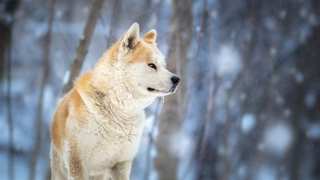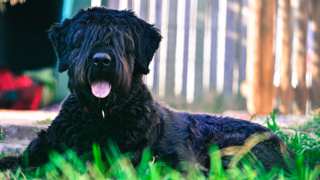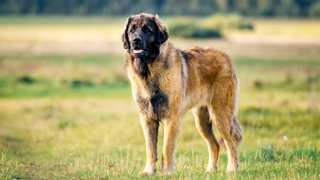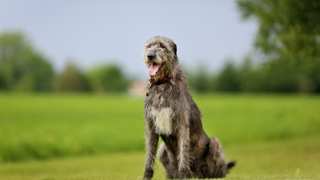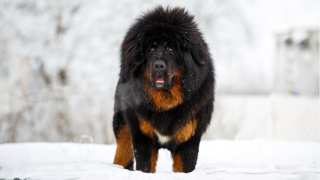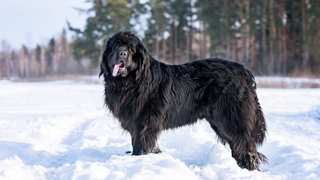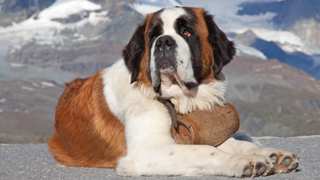Like all big dogs, the Great Pyr (GP) requires particular attention to small parts of his body as they tend to bear large loads in daily life. His nails and his teeth are where a lot of wear and tear tends to occur and which you must help maintain with hands-on care.
The Great Pyrenees teeth are notorious for being the site of many health problems. These dogs are high on the list of breeds that are highly likely to have problems with their teeth, gums, etc. You should start handling his inner mouth — gently! — when he's a puppy. This will get him used to having his teeth brushed, and this is done with your finger to "brush" them and his gums. By getting your Great Pyr ready for gum care and teeth-brushing when his adult teeth come in, you can do a lot too help prevent plague buildup, which is the root of most GP dental issues. While he's a pup and has just puppy teeth, use your finger to carefully "brush" his teeth so he gets used to this. In the meantime, start looking into a canine toothpaste he'll like. Never use human toothpaste.
His nails are another potential problem. Left to grow unclipped, the undue pressure put on his legs unevenly can cause bone structure issues, backbone complications, and other health problems. If you prefer to not trim his nails yourself, be sure to have a professional groomer do them whenever you start hearing his nails click on hard surfaces when he walks. If you do wish to learn how to do this, go online or sit in at a groomer's shop or window. You'll need to learn how to not cut into the quick as well as which type of trimmer you and your GP will like. Before all that and when he's a puppy, be sure to gently handle his paws for a few minutes at a time so he gets used to this later. As he will be a big dog, and there are many trimmers from which to choose, this is not always an easy task.
The types available for gigantic dogs are the guillotine, the scissors, and the the grinder. Some people say the first two require more care even if they are much quicker. On the other hand, some folks say the grinder type, while safer, takes longer, is louder, and can cause stress. As such, many pro groomers and GP owners swear by the either the Epica Professional (a scissor-style clipper) and the Dremel Pet Nail Grooming Tool (a grinder). You''ll also want to have on hand at least one towel and either a styptic stick or powder, or an alternative: flour, cornstarch, flour, baking soda, or a bar of soap.
Some other less serious care concerns are drooling and their ears, both of which can be dealt with using cotton balls, warm water, and a rag or paper towel to wipe off, wash, and dry so as to prevent a crusty fungus from occurring.

